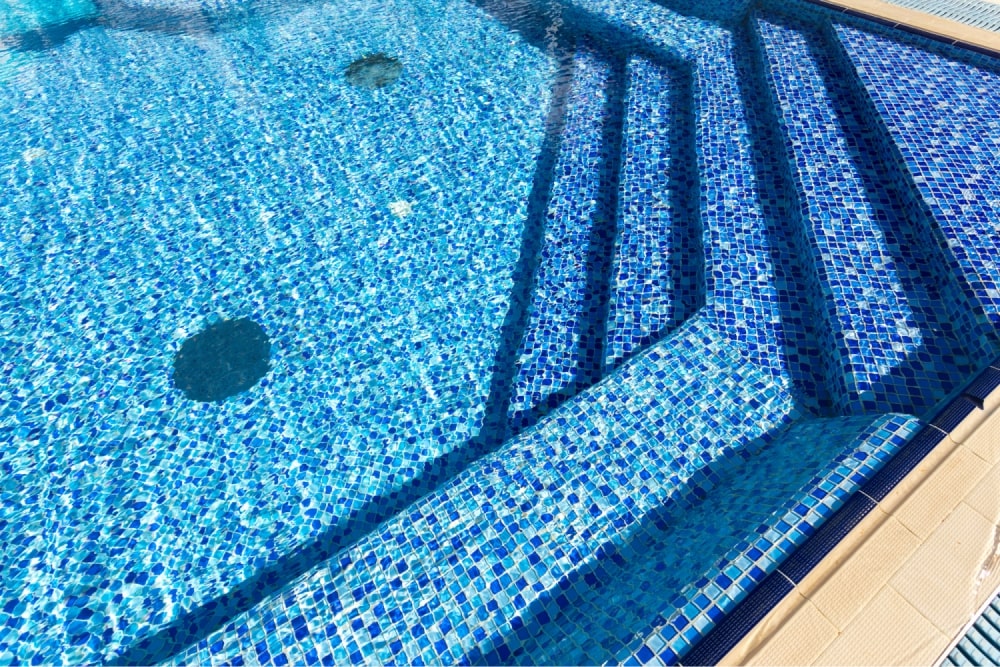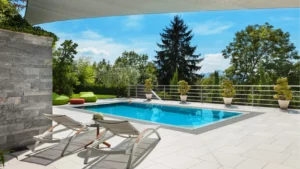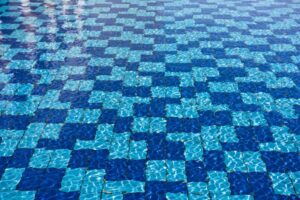If you have a fiberglass pool, you’ve likely enjoyed years of effortless maintenance and durability. But nothing lasts forever; eventually, even the best-maintained pools may show signs of wear and tear. Whether it’s minor blemishes, fading, or more significant damage, resurfacing can bring back its former glory. Here’s a comprehensive guide detailing everything you need to know about how to resurface a fiberglass pool and ensure many more years of enjoyment.
What is Fiberglass Swimming Pool Resurfacing?
Fiberglass pool resurfacing involves applying a fresh layer to your pool, rejuvenating its appearance and restoring its original lustre. More than a cosmetic uplift, this process ensures the pool remains waterproof and durable.
Resurfacing extends the life of the pool, addressing potential wear and tear while reinforcing its structural integrity. By doing so, pool owners can ensure a safe and enjoyable swimming environment for years to come.
When You Need to Resurface Your Pool
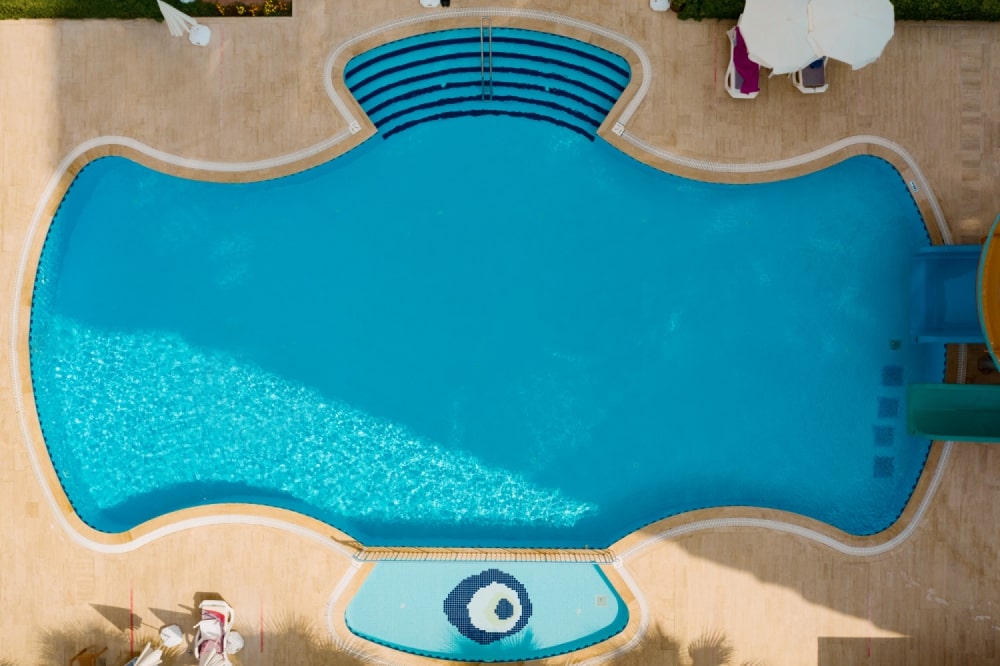
While fiberglass pools boast a reputation for durability, they have vulnerabilities. Over time, exposure to elements and regular use can cause cracks, discolouration, rough textures, or the appearance of osmotic blisters. These signs are more than cosmetic issues; they indicate that your pool might need resurfacing to restore its optimal condition.
The dangers of neglecting timely resurfacing
Procrastinating on addressing these warning signs can exacerbate the problems. Letting cracks persist can widen them, heightening the risk of water leaks that can further damage your pool and the surrounding area. Similarly, untreated blisters can expand, challenging the pool’s structural integrity. Addressing these issues promptly safeguards your investment and ensures a safe and pleasant swimming experience for everyone.
How To Resurface A Fiberglass Pool
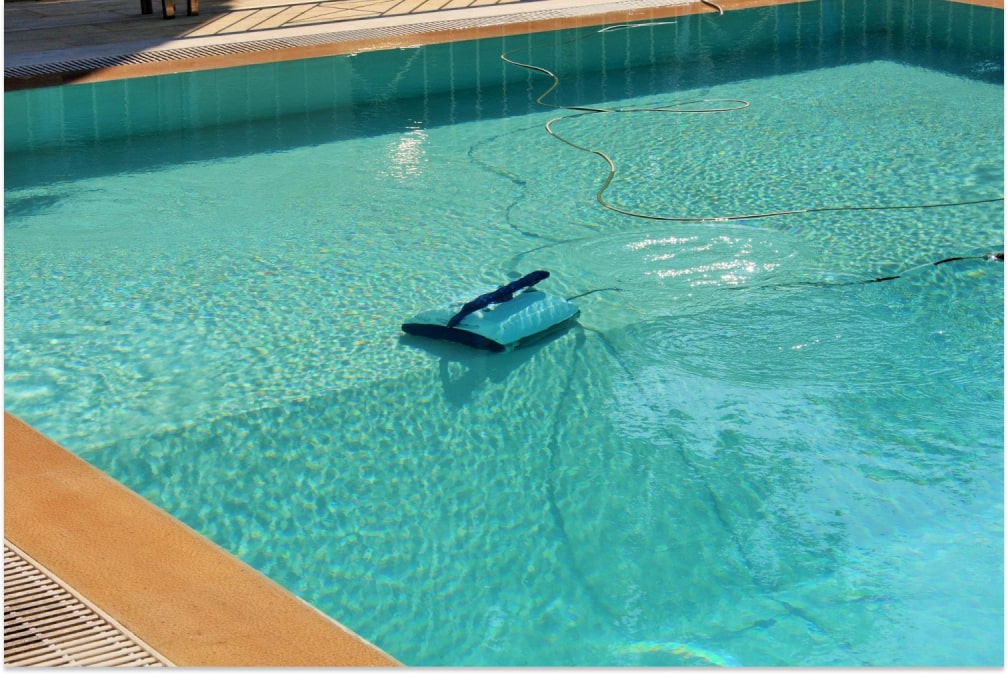
Resurfacing might sound daunting, but following these steps or understanding the process is quite manageable.
- Repairing Damage
Before diving into the resurfacing procedure, addressing and repairing any visible damage is crucial. Whether they’re minor cracks or pronounced blisters, treating these issues ensures they don’t resurface after the renovation. It lays the groundwork for a seamless and long-lasting refurbishment.
2. Sanding the Surface
Sanding is not merely a preparatory step but a foundation for the subsequent layers. You create an even base by sanding down the pool’s surface, ensuring the new gel coat bonds seamlessly. This meticulous preparation is key to a successful resurfacing.
3. Applying the Gel Coat
The gel coat is vital for fiberglass pool resurfacing, providing a durable layer that rejuvenates the pool’s appearance. Besides aesthetics, it serves as a protective barrier. Proper, uniform application ensures the pool’s durability and prevents potential damage.
3.1. How to redo the gel coat on your fiberglass pool
The gel coat is the hero in this resurfacing saga. Not only does it rejuvenate the pool’s appearance, but it also acts as a protective seal. Applying it uniformly, ensuring no bubbles or inconsistencies, is vital to the pool’s longevity and aesthetics.
3.2. How to choose a fiberglass pool with a quality gel coat
A superior gel coat stands the test of time. It’s resilient against the elements and maintains its vibrancy. Before committing, it’s wise to delve into product research, seeking out those gel coats that have earned the praise and trust of fellow pool owners.
4. Finishing
With the gel coat set and dried, the final touch is all about finesse. Polishing and cleaning the pool not only amplifies its renewed shine but also ensures swimmers enjoy a silky-smooth experience, reminiscent of the pool’s initial days.
How Much to Resurface a Fiberglass Pool
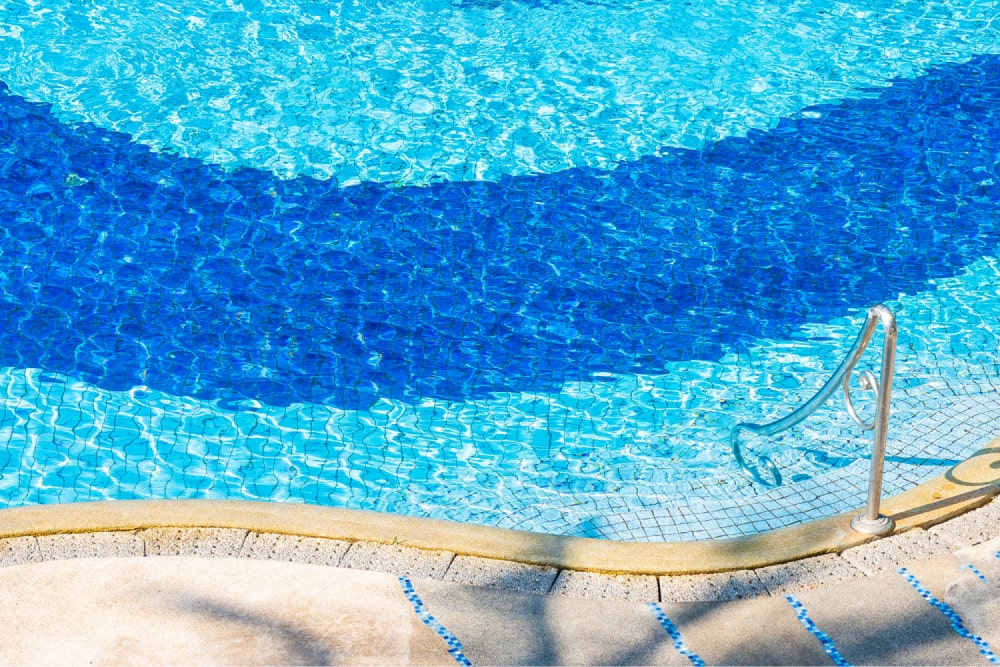
The cost spectrum for resurfacing a fibreglass pool largely depends on the pool’s size and the extent of existing damage. Typically, homeowners can expect resurfacing expenses to hover between $5,000 to $15,000. When comparing this to total replacement costs, one might start questioning, “How much to replace a fiberglass pool from scratch?” Opting for a complete replacement is a heftier investment, with prices generally ranging from $20,000 to $40,000.
Reasons for the substantial increase in replacement cost:
- Excavation: The complexities of removing the old pool completely.
- Site Preparation: The need to prep the site from scratch for the new installation.
- New Installation: Costs associated with acquiring and setting up a brand-new fiberglass shell.
- Equipment Updates: Potential additional expenses if needed to update or replace pool equipment.
- Safety Regulations: Possible costs tied to adapting to and complying with current safety standards and regulations.
- Time and Effort: Replacement is generally more time-consuming than resurfacing.
- Financial Intensity: Overall, replacing a pool demands a larger financial outlay than simply resurfacing it.
Professional Resurfacing vs. DIY
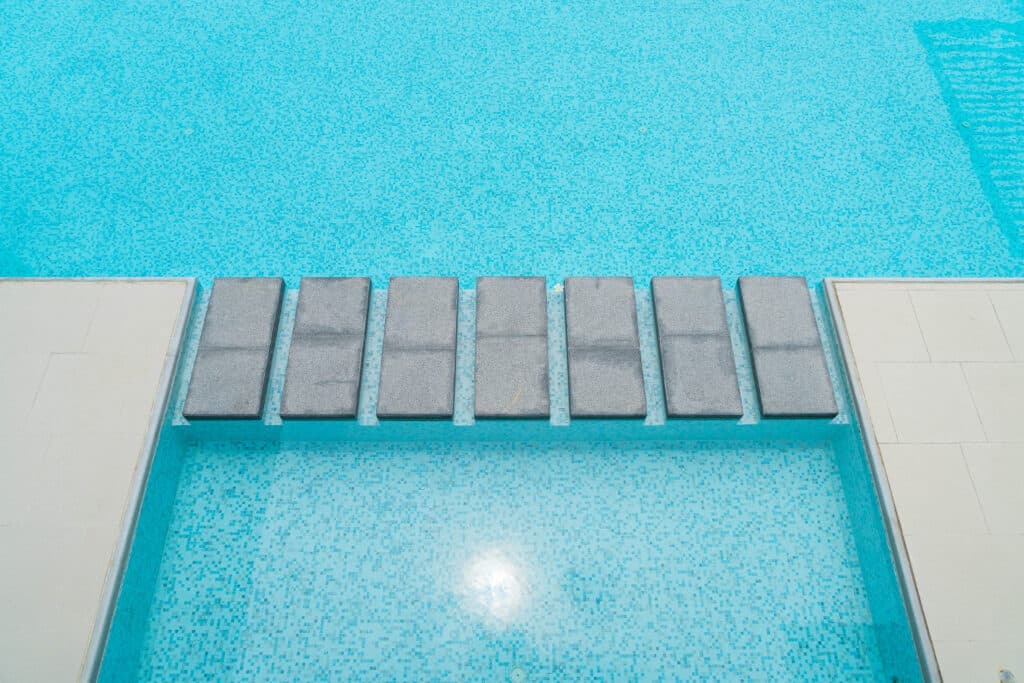
For the enthusiastic DIY homeowner, the allure of resurfacing their pool may be tempting, but the advantages of hiring professionals are numerous. Professionals not only bring a wealth of experience to the table but also utilize specialized equipment tailored for the task, ensuring precision and quality. Additionally, many professional services come with warranties, guaranteeing the longevity and durability of the resurfacing.
If you ponder, “Can you resurface a fiberglass pool by yourself?” The answer is yes, you can. However, venturing into the DIY realm comes with its set of challenges. Beyond applying the gel coat, one must ensure it adheres uniformly without any bubbles or inconsistencies. The preparation stage is equally crucial, demanding meticulous attention to repairing damages and sanding the surface. Without the right tools or experience, achieving a flawless finish can be daunting. So, while DIY might offer initial cost savings, it’s essential to weigh the potential long-term benefits of a professionally executed job.
Here is a clear comparison between professional resurfacing and DIY, helping homeowners make an informed decision.
| Aspect | Professional Resurfacing | DIY Resurfacing |
|---|---|---|
| Experience | A wealth of experience | Lack of specific experience |
| Equipment | Use of specialized equipment tailored for the task | Lack of access to the right tools |
| Quality Assurance | Precision, high-quality finish and warranties | Hard to achieve a flawless finish |
| Process | Comprehensive service | Requires meticulous attention at every stage |
| Cost Implication | More expensive initially, but with the assurance of quality and longevity | Initial cost savings possible, but potential risks in the long term |
Get the Professional Help with Blue Pools and Spas
Understanding how to resurface a fiberglass pool is crucial for pool maintenance and ensuring longevity. While it might seem like a hefty task, with the proper knowledge or professional help, it can breathe life back into your pool. If you need more clarification or need expert advice, feel free to consult professionals at Blue Pools and Spas for the best results.

